Description
Psilocybin is a naturally occurring psychedelic substance produced by psilocybin mushrooms, also called ‘magic’ mushrooms. With the modern revival of psychedelic research, psilocybin is being investigated for its potential to help people overcome depression and anxiety. Read on to learn about the history of its use and the intriguing current research.
Dosage
In clinical studies, the effective oral dose was 10-30 mg/70kg or 0.045-0.429 mg/kg, and 1-2 mg per adult intravenously. The minimal dose for psychedelic effects was 15 mg orally. And when it comes to the current research, safety guidelines state that high oral doses of psilocybin are >25 mg
Metabolism
If taken orally, psilocybin converts to psilocin, its active form, in the liver. Psilocin then enters the bloodstream and reaches the brain.
How Long Do the Effects Last?
The effects peak after 1-2 hours and last for 4-6 hours after oral use. All the effects wear off after 6-8 hours, even after high psilocybin doses, according to several studies in healthy volunteers.
Clinical Trials
Given in a supportive, controlled, psychotherapeutic environment, psilocybin does not cause any serious adverse effects.
Higher doses of psilocybin are more likely to cause anxiety or fear due to feelings of ego dissolution or lack of control .
In one trial of 18 people, higher doses caused the following .
- 39% experienced extreme fear, fear of insanity or felt trapped
- 44% reported delusions or paranoid thinking
Ultimately, nobody reported a decrease of wellbeing or life satisfaction from the overall experience.
Other adverse effects that occurred in clinical studies include.
- Dizziness
- A slight increase in blood pressure or heart rate
- Unusual body sensations
- Mood changes
- Fatigue and yawning
What is Psilocybin?
Mysterious Psychedelic
Psilocybin (chemically known as 4-phosphoryloxy-N, N-dimethyltryptamine) is a classic psychedelic that belongs to the group of hallucinogenic tryptamines. But the story about psilocybin indigenous use and modern research over the past century is anything but classic .
Over 100 species of hallucinogenic “magic” mushrooms contain psilocybin (including Psilocybe, Conocybe, and Paneolus). These mushrooms grow in different parts of the world and have been used ritually for at least 3000 years .
Despite the recent renaissance in psychedelic research, there is a lot of controversy surrounding psilocybin use, legal status, and its potential therapeutic effects. Not many people know the whole story behind the traditional use of psilocybin-containing mushrooms, nor about the efforts that produced our current state of knowledge about it.
Psilocybe Weilii Strain Guide
Psilocybe weilii has a glutinous taste and a doughy scent. At times, it may be similar to cucumber. To identify this magic mushroom, it’s important to look at its four different features: cap, gills, spores, and stipe.
This magic mushroom has an obtusely conic cap measuring from 3cm to 6cm across. Sometimes, this may also be shaped like a bell. It has a translucent stripe and is usually colored purple brown or chestnut brown to dark brown. As it dries, the color changes to buff or straw yellow while the nipple-like center remains blackish brown.
Even the cap margin of this shroom has defining features. It starts off with an incurved edge but becomes forms irregular lobes as it grows older. Scale-like remnants are often seen along the margin. The cap’s flesh is also white, bruising a strong blue, and sometimes completely blue-black.
The gills are closely, and regularly aligned beneath the cap. They are cream to light brown or brownish-yellow. As the mushroom and its spores mature, the gills turn purple brown. Gill edges are usually hairy, with small tufts of white.
Psilocybe weilii’s stem ranges from 4cm to 7cm in length, and approximately 5mm to 1cm in thickness. It has an equal structure but it can be seen bulging at some parts especially towards the base where it is obviously thicker for support.
This mushroom’s stem is hollow, and whitish to yellowish, easily bruising bluish black with gray tones. It’s also powdery with plenty of woolly patches seen towards the base. When injured, it produces blue to blackish bruises. Sometimes, the entire stipe becomes completely blue.
And finally, the spores of this shroom are dark violet brown. Under the microscope, they appear thick-walled with broad germ spores.
Psilocybe Weilii Habitat and Distribution
Another rare magic mushroom variety, Psilocybe weilii is only found in northern Georgia. It loves growing under Loblolly Pine and Sweet gum or in Bermuda grass. It also prefers red clay soil as long as the ground is enriched with pine needles. It’s also a wood-loving variety as evidenced by its preference for urban lawns and deep woods where decaying woods and debris collect.
Interestingly, it seems this fungus flourishes above the ground where leaking sewage pipes are buried beneath the ground. In one instance fourteen years ago, in the town of Suwanee, a ¼ mile clearing had thousands of fruiting Psilocybe weilii. Some of them were gigantic, even reaching 5 inches in diameter. After the Suwanee town councilors found the leak in the sewage pipes underneath it, the mushrooms never sprouted in that specific location again.
This magic mushroom flourishes from May to December.
Psilocybe Weilii and Legal Mushroom Therapy
After several studies from reputable universities such as UCLA, NYU, and Johns Hopkins, psilocybin’s healing effects have gained popularity among shroomers and non-shroomers.
The Psilocybin Society based in Oregon, USA has taken steps to push for the legalization and regulation of psilocybin-assisted therapy. A growing number of supporters are pushing for this policy’s approval and implementation because of the latest research.
These studies showed that the administration of psilocybin in a therapeutic setting will combat anxiety, depression, addiction, compulsive disorder, cluster headaches, and even promote creative thinking. Even in higher doses, psilocybin doesn’t cause toxicity nor cause any serious threats to a healthy human mind and body. Reports of addiction are non-existent.
In depressive patients, a single dose of psilocybin will provide a psychedelic experience and improve one’s disposition for several months. It can also eliminate the need for daily psychiatric medications. Taking psilocybin in a clinical setting involves preparation, psychological support, and psilocybin administration. Where traditional medications fail, psilocybin produces impressive results.
Despite these benefits and extremely low risk profile, Psilocybe weilii and other magic mushrooms are still categorized as Schedule I drugs – a classification for drugs “without therapeutic value” with a “high potential for abuse.”
There is no scientific explanation as to why magic mushrooms continue to be included in the Schedule I classification. People who are not benefitting from psychiatric medicines could experience the advantages of this safe and effective treatment.
Fortunately, attitudes surrounding magic shrooms are evolving and becoming more progressive. Despite legal hindrances, magic mushrooms – specifically psilocybin – is headed towards the next phase of the FDA approval process. With every successful research, it’s reasonable to expect more positive outcomes. More positive results will eventually mean new policies at the state and federal level. For that reason, the Psilocybin Society decided to mobilize in Oregon last spring of 2016. As of today, this society is still growing strong.
The organization’s mission is to legalize psilocybin therapy. It encourages member-participants to coordinate, collaborate, and promote the science, and benefits behinds supervised psilocybin use. Their secondary mission is to organize ideas to develop a blueprint for policies to regulate the therapeutic use of Psilocybe weilii and all the other psychedelic mushrooms.
Such dreams aren’t easily realized. Hence, it is up to every magic mushroom advocate to raise awareness, mitigate fears, and collect support in favor of psilocybin-containing mushrooms. ‘
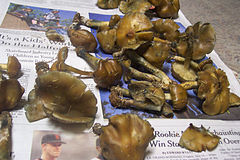
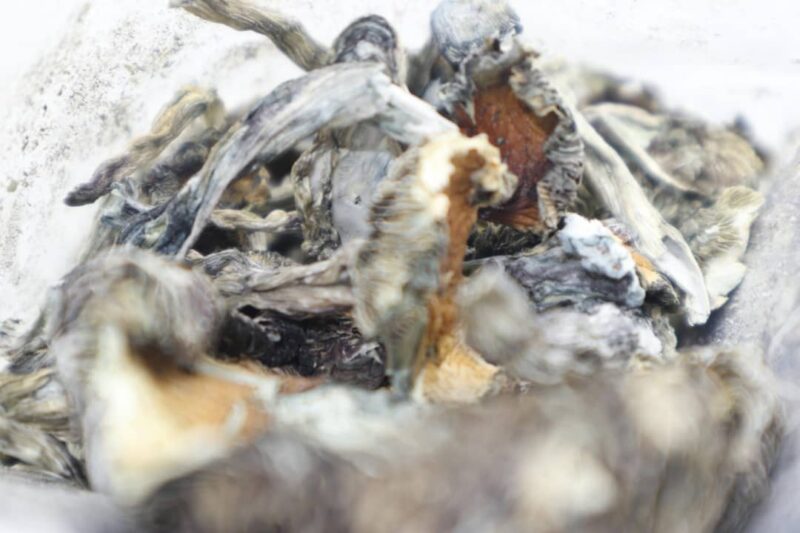
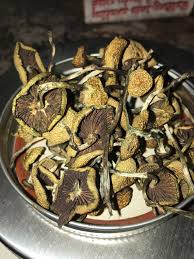
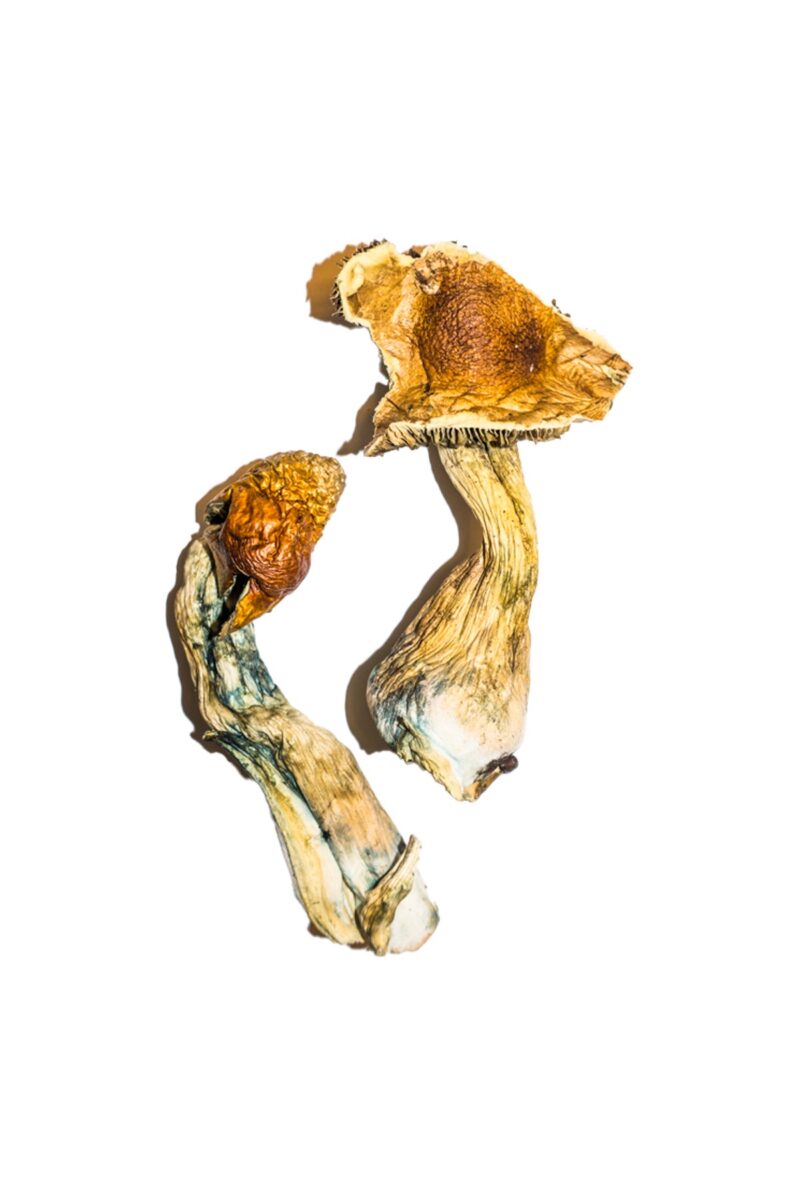



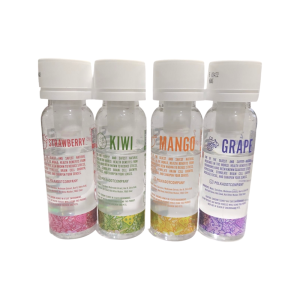


Reviews
There are no reviews yet.